|
Introduction of the artist:
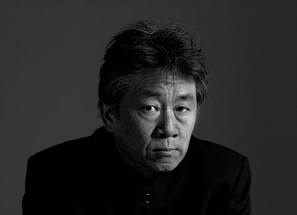
TAN Ping(China)
1960 Born in Chengde, China. Lives and works in Beijing, China.
Selected solo exhibitions: 2012 National Art Museum of China, Beijing; 2008
Tan Ping Works Exhibition, Shenzhen Art Museum, Shenzhen, China; 2008 A Metaphor
of The Painful, Today Art Museum, Beijing, China; 2005 National Art Museum of
China, Beijing; 1994 Gallery Christof Weber, Berlin, Germany;
Selected group exhibitions: 2010 Heaven of Abstract, National Art Museum of
China, Beijing; 2008 China – Sweden, Museum of Far Eastern Antiquities,
Stockholm, Sweden; 2006 Ruins.Tan Ping and Zhu Jin Shi Works Exhibition, Today
Art Museum, Beijing; 2000 Square Studio Works Exhibition, Konrad Adenauer
Foundation, Bonn, Germany; 1999 Square Studio Works Exhibition, Shanghai Art
Museum, Shanghai.
Introduction of works:
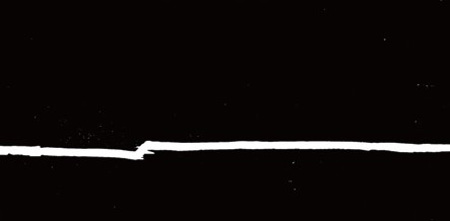
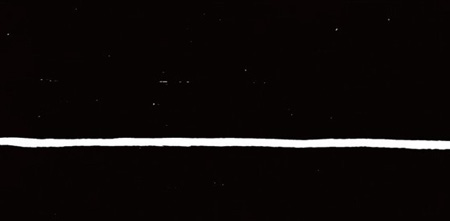
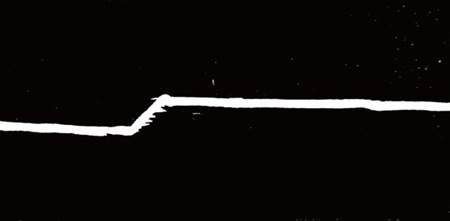
+40 Meters(Details), mixed media, 112×29cm×15, 2012

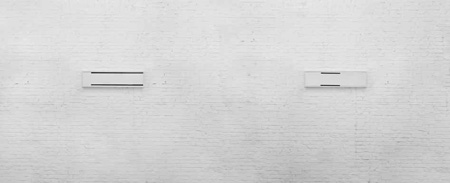
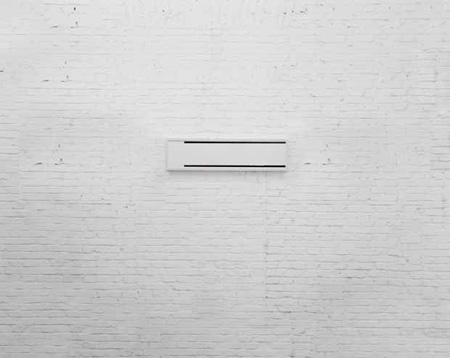
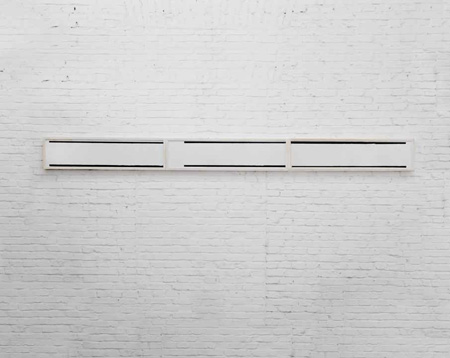
-40 Meters, mixed media, 30×1500cm, 2012
The language of Tan Ping is abstract. His minimalist circles, lines and dots,
large or small, freely and leisurely shuttle through the bright colours, much
like a child doodling to tell his own story. A child would not necessarily
understand what is so-called ‘abstract’, or care about ‘minimalism’, since each
shape and colour must have been represented perfectly figuratively for the
narratives with the richest sensibility.
For his solo exhibition at the National Art Museum of China in the end of
2012, Tan Ping tailored a new piece specifically for the Round Hall of the
Museum. In this 40 metres long dark grey woodprint, there is nothing, but one
single white line – carved from left to right in one continuous movement, as a
beam of light sweeping through the centre of the scroll. It is still like that
child running alongside the curved wall of the Round Hall to leave the line of
trace, as a huge ring, circling the most authoritative art space in China.
During the process of making 40 Metres, there appeared two parallel lines
marking on the paper sheets originally placed underneath the actual work when
preventing the bleed of excessive ink. To the artist, these sheets became
another piece of work, -40 Metres, which had been “achieved accidentally outside
the proposed agenda, yet equally significant in terms of the subtle variety of
visual presentation as well as the sense of rationality.” The unexpected piece
urges us to re-think the notion of ‘artwork’, stating the real freedom of art
always lies beyond the constructed framework. Together with the originally
envisioned work, the -40 Metres shown at this Guangzhou Triennial is
respectively independent, again in an abstract form. Being produced
simultaneously, these two pieces remove the boundary between the ‘original’ and
the ‘attached’. They still have kinship, but are not to be shown at the same
museum space; they are complementary not only visually, but also spiritually,
when the ‘present’ can reflect the ‘absent’ at a distance. When one looks back
at the image on those ‘waste’ sheets in the Museum, there becomes no distinction
of the primary or the secondary, the positive or the negative and the
authoritative or the non-authoritative, but only an even stronger and brighter
beam of light between the ink marks. | 
